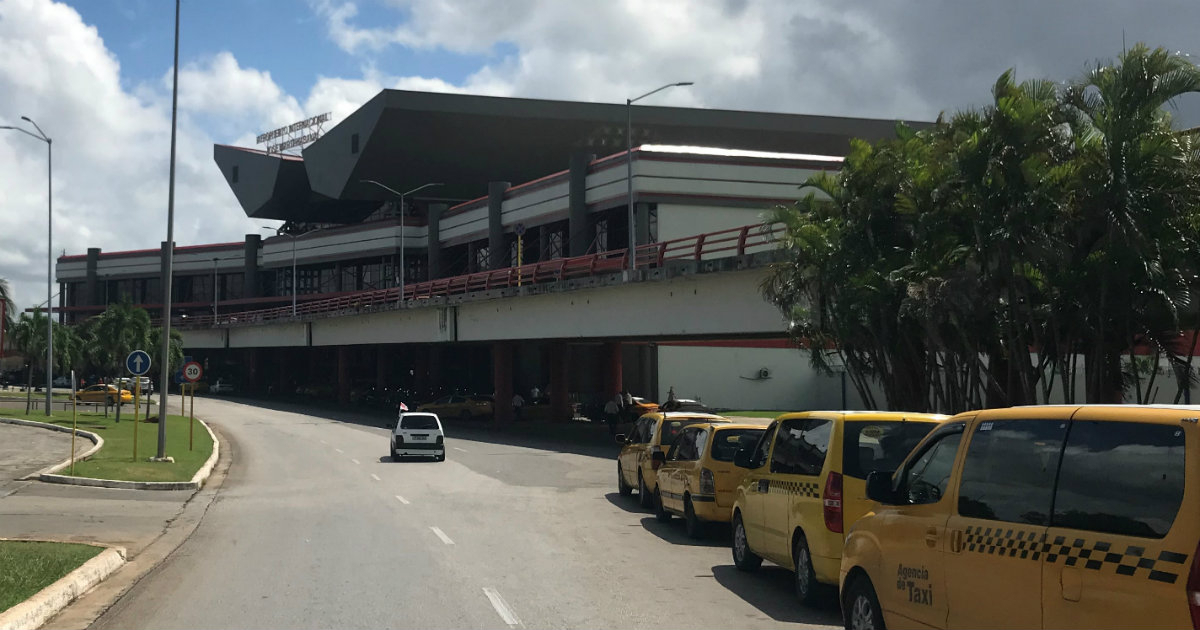
In the midst of the heat in Havana, with temperatures above 32 degrees, the José Martí International Airport operates without air conditioning.
This is the main entry port to Cuba from abroad, welcoming thousands of travelers each day, and has been facing serious difficulties with its air conditioning system for several days.
On May 14 and 15, workers at Terminal Aérea No. 3 reported on the social network Facebook that they were working non-stop to resolve the issues that have occurred in the air conditioning system.
The lack of air conditioning is common at this airport, causing discomfort for both the staff working at the institution and the travelers who visit it.
Since 2021, several repair actions have been carried out at that airport which, according to the authorities, have resulted in significant improvements to the infrastructure, including the air conditioning systems.
The Cuban Customs even pointed out that they had the capacity to serve a higher number of travelers. The floors were renovated, painting was done, and other restoration work was carried out on the old building, but the problems resurface.
Maintenance actions have not resolved issues such as leaks in the roofs, which become evident with every rainfall, leaving an unfavorable impression.
The authorities have repeatedly discussed the need to expand Terminal 3, which receives international flights from Europe and other regions.
Despite the recognized urgency, it would require a million-dollar investment and the current economic crisis in the country poses challenges for its realization. Meanwhile, the José Martí International Airport remains a crucial hub for air traffic between Cuba and the world.
The current situation of the air conditioning system not only affects the comfort of passengers and workers, but also raises questions about the effectiveness of maintenance measures for critical infrastructure on the island.